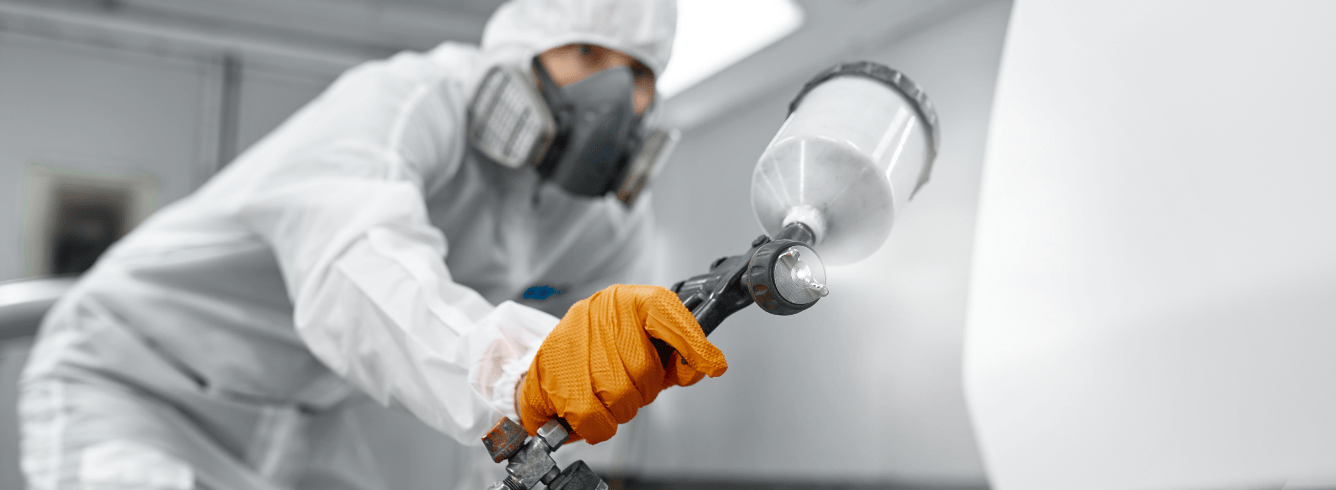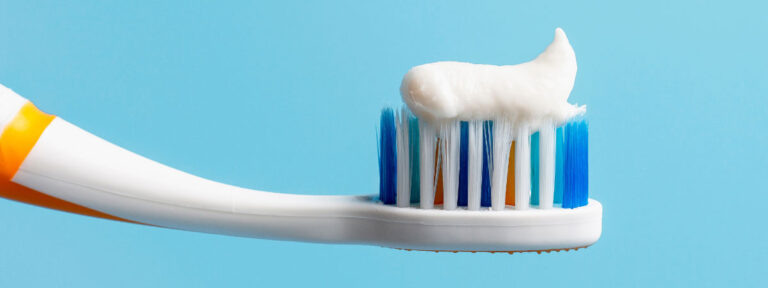Titanium dioxide (TiO2) has been classified by the EU as a category 2 suspected carcinogen by inhalation. The classification applies to titanium dioxide in powder form containing 1% or more of particles with aerodynamic diameter less than or equal to 10µm. Most titanium dioxide pigments used to make paints are not classified, and in liquid paints, TiO2 is bound into the finished paint product. This means there is almost no risk of inhaling TiO2 particles when working with liquid paints.
The majority of liquid paints available to professionals are non-hazardous. Read and follow instructions on labels and in safety data sheets carefully. Control access to work areas, use appropriate PPE, and dispose of waste safely.
When spraying or sanding paints, additional precautions include the use of engineering controls such as local exhaust ventilation and filtration systems. Where this is not possible, respiratory protective equipment (RPE) should be worn. Help to control the dust caused by sanding with on-tool extraction systems.
Spraying liquid paints
Spraying releases fine paint mist which can increase inhalation exposure. The equipment cleaning process can also be a source of exposure. However, in liquid paints, TiO2 is bound into the finished paint product. This means there is almost no risk of inhaling TiO2 particles.
Sanding Dry Paint
Dusts generated by sanding are unlikely to contain respirable TiO2 because the TiO2 is bound into the finished paint product. Other hazards created by sanding, such as wood dust, may represent more significant health hazards.
Painting using a brush or roller
Painting by brush or roller should be undertaken in areas with good general ventilation. Appropriate PPE should be worn. The use of disposable equipment is also recommended
For more information about working with liquid paints, please refer to the PaintSafe initiative developed by the British Coatings Federation (BCF).





